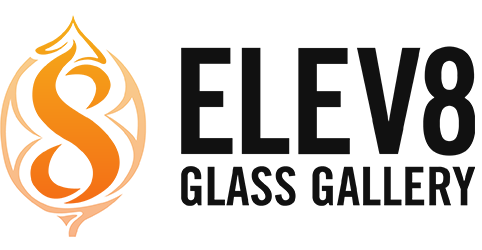This is a special fuming technique. They are still quartz. Be careful with these so you never chaze the banger. We recommend cold start dabbing
The opacity in papers gives the consumer an idea of how thin the papers are. The thinner the paper, most times it will be more transparent. The easiest way to stop a run on a joint is to add some water or spit to where it starts to run. The sooner you do this, the …
What is better is what you like best. The more water makes more drag. More holes make less drag. The more water that is over the holes, the more drag. The more percolators will cool the smoke and vapor more, also it will filter more.
Clear glass (Cullet) is melted, then minerals are added to get the color. This is all done in a crucible that is in a very hot kiln or oven. After 4-14 days of mixing and off-gassing the color is done. To pull rods they simply pull the glass from the molten color as a steady …
Continue reading “How are color rods created? Prep color tubes for example. (Northstar Glass tubes)”
This is all really up to you. If it is getting sticky or stuck, it is time. Some people try to not clean the grinder so they can collect more kief. See our video on how to clean a sticky grinder
It all depends if you will need to flip it or not? Are you putting your work on the inside or outside? If it is inside, yes, you must write it in reverse, like what you see in a mirror.
Not really any worse than a pipe. I mean you can eat the fruit
The manufacturer says yes. Smoking is not safe anyways, only pure clean air is safe. See this on Shine papers
Good question. Originally it was made for lab wear and cookware. Today most all scientific glass is made with borosilicate, and many schools have an in-house glassblower. Your coffee pot is made of boro. Many wine glasses are made from boro to enhance strength.
Because it is hard to leave a carb cap on. Not sure why they were ever made
